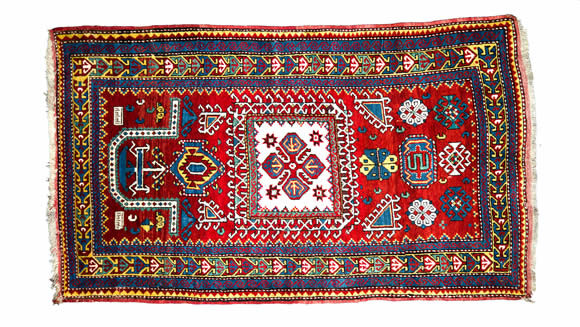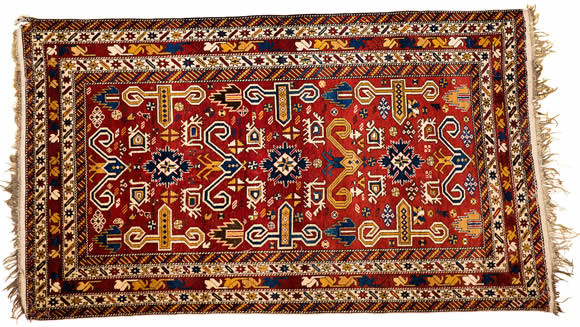Azerbaijan is one of the unique carpet-producing regions in the world. From ancient centuries, local carpetmakers produced magnificent specimens – starting from simple flat weavings up to a vast variety of carpets. In 2010, “Traditional art of carpet weaving in Azerbaijan” was inscribed into the UNESCO’s List of “Intangible Cultural Heritage of Humanity”.
According to classification of Latif Karimov, an outstanding Azerbaijani scientist, artist, teacher and carpet-weaver, the founder of the science of carpet weaving, author of the seminal work entitled “Azerbaijani Carpet”, Azerbaijani carpets were divided into 4 categories: Guba-Shirvan, Ganja-Gazakh, Kababakh and Tabriz. They are mainly classified by the following characteristics: ornament, technique and type of carpets.

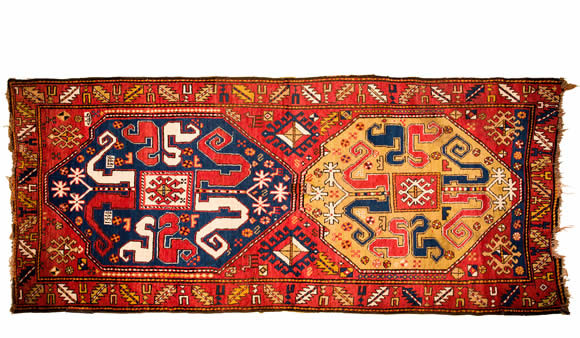
Azerbaijan carpets are woven in various techniques. Basically, they are known as pile and flat woven carpets. Flat weavings are “palas”, “jejim”, “kilim” with simple interlacing of warp and weft, while complicated interweave includes “shadda”, “ladi”, “varni”, “zili”, “sumakh”. The highly developed carpet weaving technique is a representation of an additional yarn knotted around the warp. Distinctive feature of Azerbaijan carpets demonstrate highly stylized plant, animal, anthropomorphic, and geometrical motifs.
Azerbaijani carpets are distinguished with a vast variety of ornamental compositions that exceeds 600 designs. Some of original templates were woven only in specific villages or towns with the names of localities being preserved in labelling the carpets. On the other hand, the carpet names come from the designations of traditional patterns and designs. Fortunate enough that, as a valuable heritage, carpet weavers handed down the designs from one generation to another.
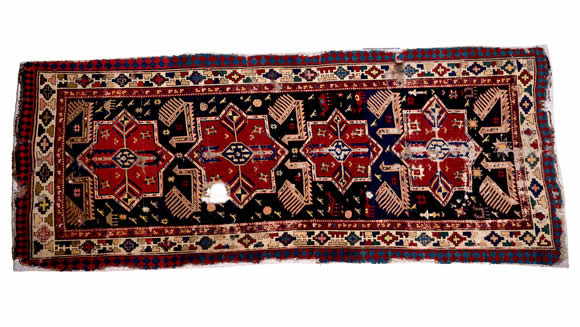
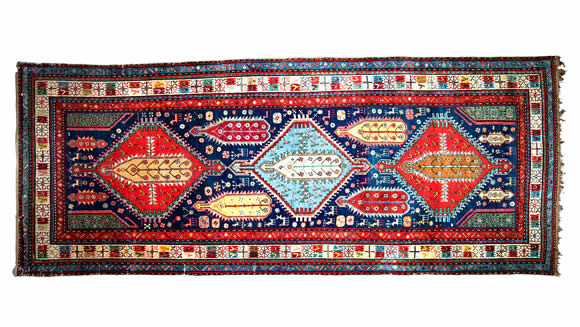
Carpets were widely used in daily life of local population. “My home is where my carpet is spread”, says an Azerbaijani proverb. The Azerbaijanis used carpets to cover roofs, walls, and floors of their tents or dwellings, as well as make outer clothing, bags, or trappings. As a result, various types of flat woven bags and coverlets were widespread in household: “mafrash”, “khurjun”, “heyba” (saddle bags), “chuval” (sack), “chul” (horse cloth), “yahar ustu” (saddle rug) etc.
Currently, masterpieces of Azerbaijan carpet-making art are displayed in museums of Europe, USA, and Russia as a proof of the highest level of the development of ancient but still vivid culture of the Azerbaijani people.
